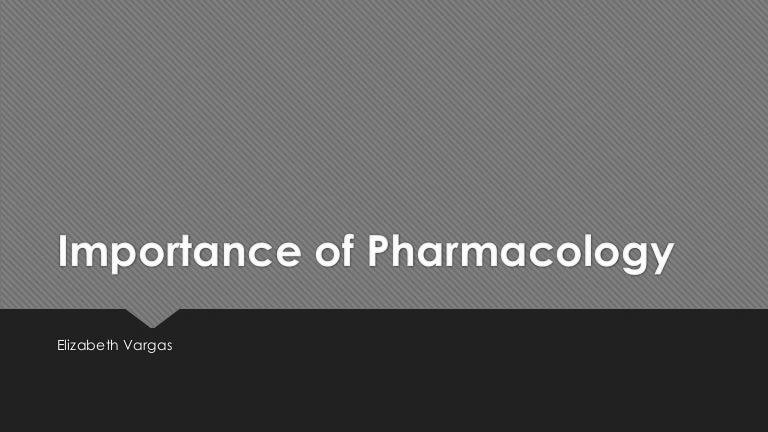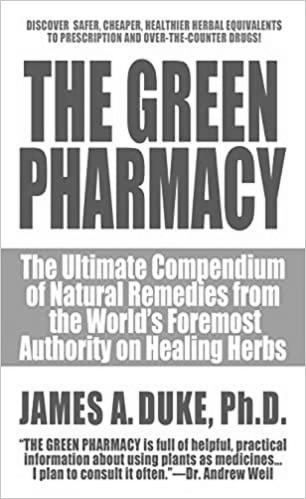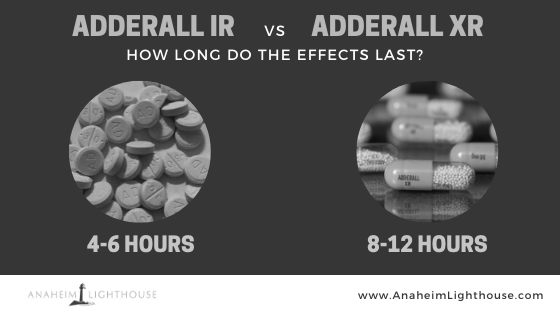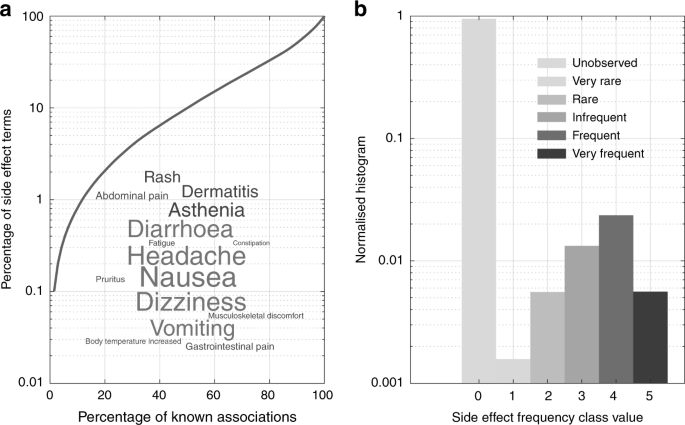Pharmacology is a branch of science that studies the actions of drugs in the human body. It is important to understand how a drug affects the human body. It is important to create safer pharmaceuticals by gathering accurate data. It is also important to study environmental pollutants and the effects on human health. Innovative researchers are also conducting experiments using drugs to study the function of cells and organs.
Increasing the number of clinical pharmacologists will improve the quality and quantity of basic and clinical drug safety research
A study conducted at Tufts University found that a third of all trial protocol amendments were avoidable. Industry-sponsored trials are monitored through a process known as site visits, which are defined by study-specific monitoring plans. One of the most time-consuming parts of these visits is source data verification. In addition, legal advisors have encouraged sponsors to be conservative in reporting unexpected SAEs. In addition, community physicians and other healthcare professionals are often uninvolved in clinical research and lack adequate training in research methods.
Patient education is an effective way to prevent medication errors. Patients should understand why they are taking their medications, when and how to take them. Patients should also carry a current list of their medications with them. This way, there will be less confusion regarding the dosages and the reasons for their use. It is important for patients to be active participants in their health care.
The field of clinical pharmacology is becoming increasingly strategic in the drug development process. As the field becomes more quantitative and relevant to decision-making, drug failures are often the result of fundamental knowledge gaps. At the same time, the size of disease targets is expanding, and new tools and methods are needed to speed up target selection and validation.
By increasing the number of clinical pharmacologists, the pharmaceutical industry will be able to conduct more rigorous studies. The industry is increasingly focused on chronic disease research as a way to secure steady revenue streams. This research involves complex testing in large numbers of patients over long periods. In addition, extended exposure to a drug is necessary to identify long-term effects.
The pharmaceutical industry is highly productive, but many drugs have failed to live up to expectations. Because of this, companies are finding it difficult to create truly innovative pharmaceuticals. Most new drugs are variations of existing treatments. This is because small incremental improvements require large numbers of patients and large expenditures.
The cost of developing a new drug varies widely. Typically, it costs anywhere from $161 million to $2 billion. A drug’s development cycle may last from one to ninety months. The FDA reports that the cost of Phase 1 trials can exceed $4 million. A single Phase three trial can cost up to $17 million.
There are many ways to ensure that patients receive safe medications. One way to do this is by ensuring that prescriptions are processed accurately. This can decrease medication errors, thereby improving patient safety. Another method is to integrate medical records and pharmacy information. This process can help reduce the number of medications that are recalled by healthcare providers.
Phase 3 trials are costly, but Phase 4 trials cost less. Clinical trials in the respiratory system, gastrointestinal system, and hematology have the highest per-study costs. Pain and anesthesia, cardiovascular area, and dermatology are the least expensive.
It will also improve the quality and quantity of academic and non-medical research
Clinical pharmacology is an area that provides expertise in the study of medicines. Pharmacological research is often carried out in clinical settings and is based on evidence-based approaches. This helps healthcare providers make better decisions regarding the use of medicines and improves patient recovery. It also helps in the control of disease and improves HIV/AIDS treatment.

Pharmaceutical companies, which used to only conduct research in their own laboratories, are increasingly collaborating with academic scientists to develop new medicines. This has led to successes by some of these academic researchers. However, major pharmaceutical companies historically were reluctant to share their chemicals and intellectual property with academic scientists. However, today, these companies are willing to cooperate in truly collaborative projects with universities and are providing access to their chemical libraries.
Pharmacologists have a critical role in pre-market assessment of new medicines. They must assess clinical trials conducted in a range of clinical areas and determine the relevance of new medicines for different patient groups. Pharmacology graduates have proven their aptitude to conduct such complex assessments.
Clinical pharmacology is an academic discipline that studies the relationship between drugs and humans. It includes the development of new drugs, application of new drugs as therapeutic agents, and the consequences of drug use. Clinical pharmacologists may be involved in a variety of professional fields.
Clinical pharmacology must be a multidisciplinary discipline. Clinical pharmacologists should be skilled in both teaching and research. They should also be willing to collaborate with other physicians and perform collaborative research. In addition, they should be able to disseminate information about RUD and drug evaluation. The use of diverse methods will facilitate all of these tasks.
Clinical pharmacology has a long history. It dates back to the earliest days of medicine. For example, foxglove and quinine were used as herbal medicines in the ancient world. The first published scientific account of the discipline was by William Withering, who published a paper on the effects of foxglove on heart failure. Several Nobel Prize winners in this field were clinical pharmacologists.
Clinical pharmacology has grown to the extent that it has its own department within a university hospital. Its staff is large enough to accommodate the diverse interests of the field. Its members will be composed of clinical pharmacologists, pharmacists, drug analysts, and basic pharmacologists.
With the help of advanced molecular technologies, the field can find new drug targets that will attenuate or cure many miserable conditions. Major pharmaceutical companies have realized that traditional methods of drug discovery no longer meet the needs of patients. They are expanding their sales to emerging markets, developing new drugs for these markets, and engaging with healthcare systems about the benefits of future products.
Clinical pharmacology will make a huge impact in resource-poor countries. Whether in an academic or non-medical setting, clinical pharmacologists will make a valuable contribution to society. The training of clinical pharmacologists will need to be different than it was in 1970.
Pharmacology is an interdisciplinary field with many important components, including physiology, pathophysiology, microbiology, and drug action. Students who pursue careers in pharmacology need to have a thorough understanding of these components in order to develop effective treatment strategies. The discipline also fosters collaboration between basic and clinical scientists, and must strike a balance between important foundational concepts and clinical relevance.
Pre-clerkship years teach pharmacology
Pharmacology is one of the foundational sciences taught during the pre-clerkship years. The curriculum of these years is often condensed into 12 to 18 months, and foundational science educators must ensure that pharmacology is included. They must also make sure that the contact time with students is optimal. The ICAP framework has shown that students who are taught pharmacology in an interactive setting achieve higher learning outcomes. A dedicated pharmacology educator can provide the necessary professional skills for teaching pharmacology in the pre-clerkship years.
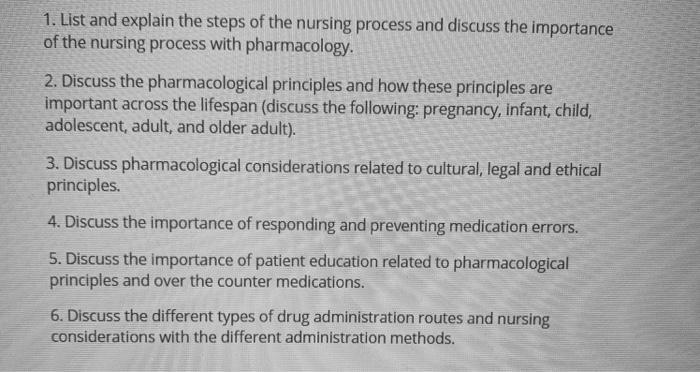
During the pre-clerkship years, students learn pharmacology and other essential medical principles. They develop the skills to interact with patients effectively and make clinical decisions. This is done through small group discussions, clinical encounters, and interviewing skills. The curriculum also teaches culturally responsive medicine and interprofessional collaboration. After completing the pre-clerkship curriculum, the students begin their clinical training.
The pre-clerkship phase curriculum emphasizes interdisciplinary learning in the fundamental sciences. Students learn about diseases and conditions through the lenses of the different organ systems. They explore the interplay between normal and abnormal learning, allowing them to apply their knowledge to patient care. The curriculum also emphasizes the importance of human values and the intersection of science and medicine.
Pharmacology courses are an integral part of the medical school curriculum. Students gain an understanding of the community through small-group activities, lectures, and clinical sessions. The curriculum emphasizes the clinical application of pharmacology by integrating knowledge and skills from different areas. In addition to learning the pharmacological principles of medicine, students learn the clinical application of pharmacology through clinical rotations.
Forming a pharmacology study group
When teaching pharmacology, the best method is to form a study group of medical students who have a common interest in the subject. These students may not be able to benefit from one-on-one coaching or feedback from faculty, but they can benefit from a shared experience in learning the subject. The key to effective self-directed learning is establishing a baseline of competence and knowing where to dig deeper. Unfortunately, pre-clerkship students often do not have this baseline competency and their lack of experience with the subject material often blinds them to any potential gaps in their knowledge. Therefore, without the benefit of adequate external guidance, their self-assessment of their ability to learn pharmacology can be faulty.
Forming a study group allows students to ask questions and discuss the material in a way that makes it easier to understand. Pharmacology is an immensely difficult subject, and it is vital to succeed. You will have to memorize several concepts, and forming a study group with fellow students will give you a better chance of passing the test. A group can also provide helpful discussion, and help you form a strategy to get through difficult concepts.
In a recent study, experts in pharmacology identified 17 core concepts to be taught. The concepts were identified based on five criteria. Respondents were asked to agree or disagree with the inclusion of each concept. The list was refined by a larger group and the final group was comprised of 12 pharmacology educators. This list is a useful tool to guide educators in evaluating and developing curricula.
Despite the importance of pharmacology, students in medical school often feel the subject is boring. However, it is essential to know the mechanisms of action of different drugs, their routes of administration, and the effects they have on the body. A good grasp of pharmacology will help students become great physicians.
Using a mnemonic device
Using a mnemonic device in the classroom has been shown to improve students’ understanding of pharmacology. Researchers found that over 70% of students felt that the mnemonic helped them to think critically while evaluating a clinical case. This in turn led to more careful decisions and reduced errors.
In addition to helping students remember pharmacology concepts, mnemonics can be used to help students learn more quickly. By using acronym-based mnemonics, students will be able to recall large amounts of information more easily. For example, it will be easier for students to memorize facts about statins, which can cause liver damage, nausea, and flatulence. They will also remember more about these medications’ potential side effects, as well as pregnancy and PK increases.
While a mnemonic device can help students remember a subject, it may not be effective in all situations. It can also be tedious for the student at first, and it may increase the time needed to perform pharmacotherapeutic analyses. It is best used in conjunction with other teaching methods.
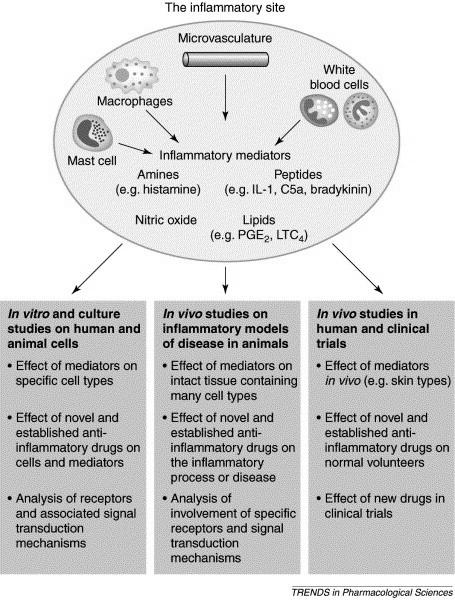
One way to learn pharmacology is to create fun mnemonics using illustrations or acronyms. There are plenty of free resources online. Try searching Google or Pinterest to find a few examples. If you’re a student, consider making your own mnemonic device for yourself and your classmates. Remember, you will need a good understanding of the material you’re teaching to ensure that it is memorable.
Mnemonic devices can also be used to help nurses remember critical information. For example, PEMDAS stands for Please Excuse My Dear Aunt Sally, which can help nurses remember the order of mathematical operations. PEMDAS also stands for Multiplication, Division, and Addition.
Using a lecture-based approach
Using a lecture-based approach to pharmacology can be challenging. Faculty at Western Reserve University, for example, have expressed frustration with the curricula since contact time has been drastically reduced. Students have also reported significantly lower satisfaction with pharmacology teaching since the introduction of the new curriculum.
To address this issue, the pharmacology curriculum was modified to include supplemental didactics and more interactive methods of delivery. A focus group with second-year students was conducted to solicit their feedback. Overall, students reported a positive subjective response to the online content. They found the online lectures to be at least as effective as live lectures.
Second-year medical students at IUSM were asked about their preferences for pharmacology teaching. Approximately 79% of them said they preferred a synchronous lecture format, while 32% preferred a pre-recorded lecture. Another 13% said they preferred slides-only lectures.
Despite the advantages of active learning, traditional lecture-based teaching has its disadvantages, including low retention of information. In one study, students with a passive learning style remembered only 53% of the information they had learned. Using an active learning approach can improve retention of knowledge and make students more attentive.
While traditional lecture-based teaching is still the most common method, problem-based learning is growing in popularity in medical schools. While some teachers are skeptical about the effectiveness of problem-based learning, research suggests that students who learn through a problem-based approach score just as well on standardized tests as those with a conventional lecture-based approach. The researchers also found that PBL students were more likely to enjoy the course more than those with conventional lecture-based learning.
As a result of the introduction of systems-based teaching, students’ knowledge of pharmacology has increased. This improvement is notable, particularly since many students report finding the subject difficult to implement once they have learned it.
Using a drug-by-drug approach
Teaching pharmacology is often a challenging task for pharmacologists. However, with careful consideration and a variety of teaching approaches, students can learn this complex science. For example, using a drug-by-drug approach can make it easier for students to remember the name of a specific drug and its function. It also helps students learn how to distinguish between common and uncommon drug classes.
For students who are preparing to enter medical school, pharmacology can be a daunting task. However, knowing how each drug works and its side effects can help them excel in their studies. In addition to the benefit of a more straightforward approach, drug-by-drug learning also allows students to focus on one topic at a time. Rather than trying to remember the name of hundreds of drugs, students can focus on a single mechanism, set of indications, route of administration, and metabolism. Students will also learn about potential side effects and interactions that can occur during the course.
Drugs can be classified based on their chemical similarities. Drugs with similar chemical formulas are most likely to be misused. In addition, the effects of similar drugs can be harmful to people. The different classes of drugs can be further classified according to how they affect the mind or the body. The Controlled Substance Act was implemented in response to the growing problem of drug addiction. As a result of the Act, five pharmacological classifications were developed.
First-year medical students were assigned a drug and met with representatives of other representatives assigned to that drug. Students were then given online resources to learn more about the drug. Students then completed a group quiz based on the information learned online and in the package insert. The facilitators then reviewed the results of the group quiz and allowed time for student questions. Overall, the students found the experience satisfying and helpful.
